Blogs & News
We are focus on automotive wiring harness & connectors technology.
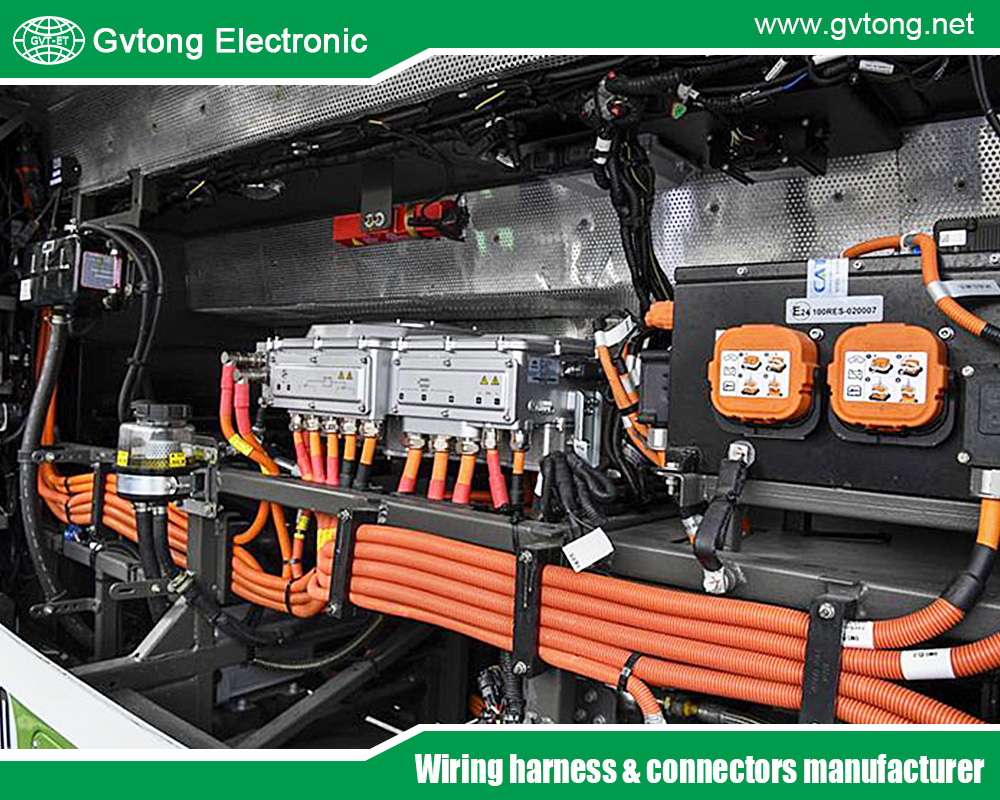
An Exploration of 9-Cavity Connectors’ Role in Contemporary Automotive Applications
- Gvtong Electronic
- 10-cavity connector factory, 10-cavity connector manufacturer, 12 volt 2 pin waterproof connector, 2 pin waterproof electrical connector, 2-cavity connectors, 3-cavity connectors, 3-cavity connectors manufacturer, 48V board net connectors, 9-cavity connectors, 9-cavity connectors factory, 9-cavity connectors manufacturer, 9-cavity connectors market, 9-cavity connectors supplier, Automated assembly connectors, automotive diagnostic connector, automotive High voltage connector, automotive hybrid connector, automotive optical fiber connector, Automotive-grade AEC-Q200 connectors, best core value of 9-cavity connectors, best core value of 9-cavity connectors manufacturer, core value of 9-cavity connectors, Cost-effective automotive connectors, EV charging connectors, Fuel cell connectors, Halogen-free automotive connectors, Multi-variation connectors, OEM-specific connectors, Quick-fit automotive connectors, Recyclable material connectors, Redundant safety connectors, Thermal management connectors, Wireless charging connectors
- No Comments
An Exploration of 9-Cavity Connectors’ Role in Contemporary Automotive Applications
In the rapidly evolving automotive industry, the demand for reliable, efficient, and compact electrical systems has never been greater. As vehicles transition toward electrification, autonomous driving, and advanced infotainment systems, electrical connectors play a pivotal role in ensuring seamless communication and power distribution. Among these, 9-cavity connectors have emerged as a critical component due to their versatility, durability, and ability to handle multiple circuits in a compact form. These connectors, typically housing nine terminals within a single housing, are designed to meet the stringent requirements of modern automotive applications, from powertrain systems to advanced driver-assistance systems (ADAS).
This article explores the significance of 9-cavity connectors in contemporary automotive design, delving into their technical specifications, applications, and the challenges they address. By examining their role in enhancing vehicle performance, safety, and connectivity, we aim to highlight why these connectors are indispensable in the era of smart and electric vehicles. Furthermore, we will discuss the engineering advancements that have made 9-cavity connectors a preferred choice for automakers, alongside the future trends that may shape their evolution. As vehicles become more complex, understanding the role of such components provides insight into the broader technological advancements driving the automotive industry forward.
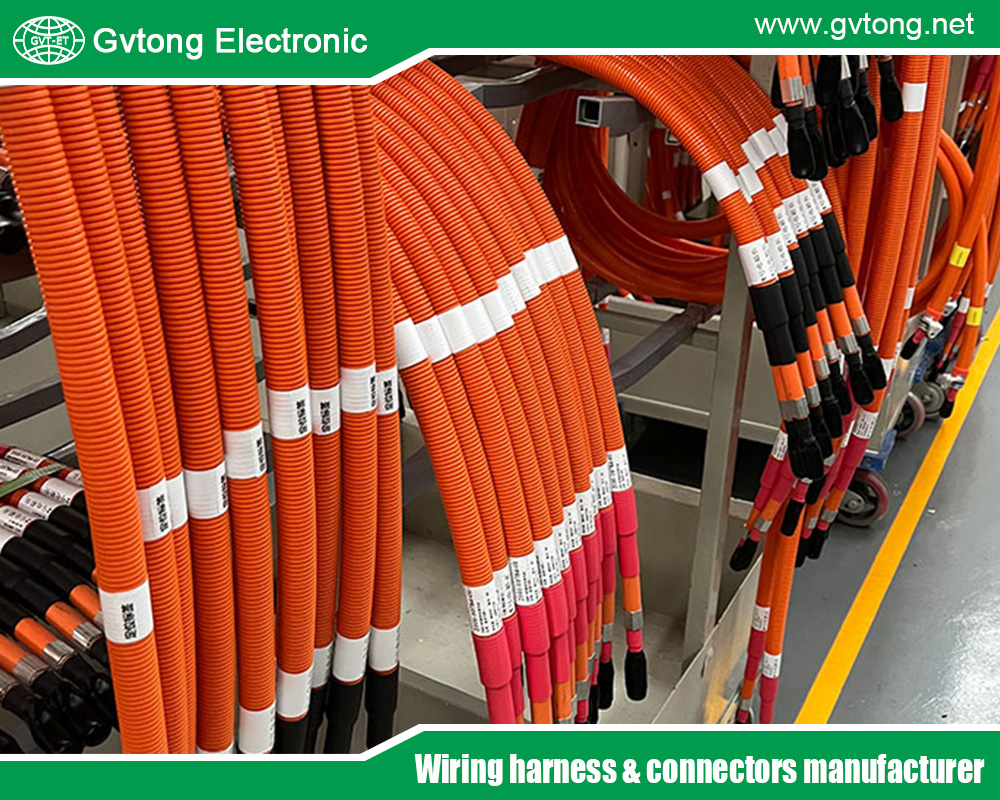
What Are 9-Cavity Connectors?
9-cavity connectors are multi-pin electrical connectors designed to accommodate nine individual terminals within a single housing. These connectors are part of the broader family of multi-cavity connectors, which are engineered to handle multiple electrical circuits simultaneously. Typically, they consist of a male and female housing, with terminals that can carry power, signal, or data, depending on the application. The “cavity” refers to the individual slots or chambers within the connector that house each terminal, ensuring secure and insulated connections.
Technical Specifications
9-cavity connectors are designed to meet automotive standards such as ISO, SAE, or USCAR, ensuring compatibility with harsh environmental conditions like temperature extremes, vibration, and moisture. Common features include:
- Material: High-durability plastics (e.g., PBT or nylon) for the housing, with metal terminals (often copper or brass alloys) for conductivity.
- Sealing: IP67 or higher ratings for water and dust resistance, critical for under-hood or exterior applications.
- Terminal Types: Support for various terminal sizes (e.g., 0.64mm, 1.5mm) to handle different current ratings, typically up to 15–20 amps per circuit.
- Locking Mechanisms: Secondary locking features to prevent disconnection due to vibration.
Advantages in Automotive Use
Their compact size and ability to handle multiple circuits make 9-cavity connectors ideal for applications where space is limited, such as in engine control units (ECUs) or sensor modules. Their modularity allows for easy integration into wiring harnesses, reducing assembly time and improving scalability in vehicle manufacturing.
To expand: Discuss specific industry standards (e.g., USCAR-2), provide examples of connector brands (e.g., TE Connectivity, Molex), and elaborate on how their design minimizes electromagnetic interference (EMI).
Powertrain and Engine Management
In internal combustion engine (ICE) vehicles and hybrids, 9-cavity connectors are widely used in engine control modules (ECMs) to connect sensors and actuators. For example, they facilitate communication between the ECU and components like throttle position sensors, oxygen sensors, and fuel injectors. Their ability to handle high-current signals and resist heat and oil exposure makes them ideal for under-hood environments.
Electric and Hybrid Vehicles
Electric vehicles (EVs) rely heavily on robust electrical systems to manage battery packs, inverters, and electric motors. 9-cavity connectors are used in battery management systems (BMS) to monitor cell voltage and temperature, ensuring safety and efficiency. Their compact design allows for dense circuit integration in high-voltage systems, where space and weight are critical considerations.
Advanced Driver-Assistance Systems (ADAS)
The rise of ADAS technologies, such as lane-keeping assist, adaptive cruise control, and automated braking, has increased the demand for reliable data transmission. 9-cavity connectors support high-speed signal transfer for cameras, radar, and LIDAR systems, ensuring real-time data processing. Their vibration resistance is crucial for maintaining connectivity in dynamic driving conditions.
Infotainment and Connectivity
Modern vehicles feature sophisticated infotainment systems with touchscreens, navigation, and smartphone integration. 9-cavity connectors enable the connection of multiple components, such as USB ports, audio modules, and displays, within a single harness. Their ability to handle both power and data signals makes them versatile for these applications.
Lighting and Exterior Systems
Exterior lighting systems, including LED headlights and taillights, often use 9-cavity connectors to manage power and control signals. Their weatherproof design ensures reliability in exposed areas, such as fog lamps or rearview camera modules.
To expand: Provide case studies or examples of specific vehicle models using 9-cavity connectors, discuss their role in autonomous vehicle sensor networks, and include data on how they improve system reliability (e.g., reduced failure rates).
Harsh Environmental Conditions
Automotive connectors must withstand extreme temperatures (-40°C to 125°C), moisture, and chemical exposure. 9-cavity connectors address these challenges through advanced sealing technologies and robust materials. For instance, silicone gaskets and conformal coatings protect against corrosion, while high-temperature plastics prevent deformation.
Vibration and Mechanical Stress
Vehicles experience constant vibration, particularly in off-road or heavy-duty applications. 9-cavity connectors incorporate locking mechanisms and strain relief features to prevent terminal dislodgement. Finite element analysis (FEA) during design ensures they meet vibration standards like ISO 16750.
Miniaturization vs. Performance
As vehicles become more compact, connectors must balance size constraints with performance. 9-cavity connectors achieve this through high-density terminal arrangements and optimized contact designs, allowing them to handle multiple circuits without increasing footprint.
Electromagnetic Compatibility (EMC)
With the proliferation of electronic systems, EMI is a significant concern. 9-cavity connectors often include shielding options, such as metalized housings or integrated ground pins, to minimize interference and ensure signal integrity.
To expand: Discuss testing protocols (e.g., salt spray tests, thermal cycling), explore advancements in terminal plating (e.g., gold or tin), and address how manufacturers balance cost and performance in connector design.
Electrification and High-Voltage Systems
As EVs dominate the market, 9-cavity connectors are evolving to support higher voltages (up to 800V) and currents for fast-charging systems. Innovations in terminal materials, such as copper alloys with enhanced conductivity, are improving efficiency.
Autonomous Driving and Connectivity
The shift toward Level 4 and 5 autonomy requires connectors that support ultra-high-speed data transfer for AI-driven systems. Future 9-cavity connectors may integrate fiber-optic terminals or hybrid power-data configurations to meet these demands.
Sustainability and Recyclability
Automakers are prioritizing sustainable materials to reduce environmental impact. Biodegradable plastics and recyclable metals are being explored for connector housings, aligning with circular economy principles.
Smart Manufacturing and Industry 4.0
The adoption of automated assembly lines and digital twins in automotive manufacturing is influencing connector design. 9-cavity connectors are being optimized for robotic assembly, with features like self-aligning housings to reduce production errors.
To expand: Explore emerging technologies like wireless connectors, discuss the role of 9-cavity connectors in vehicle-to-everything (V2X) communication, and address potential challenges in scaling production for next-generation vehicles.
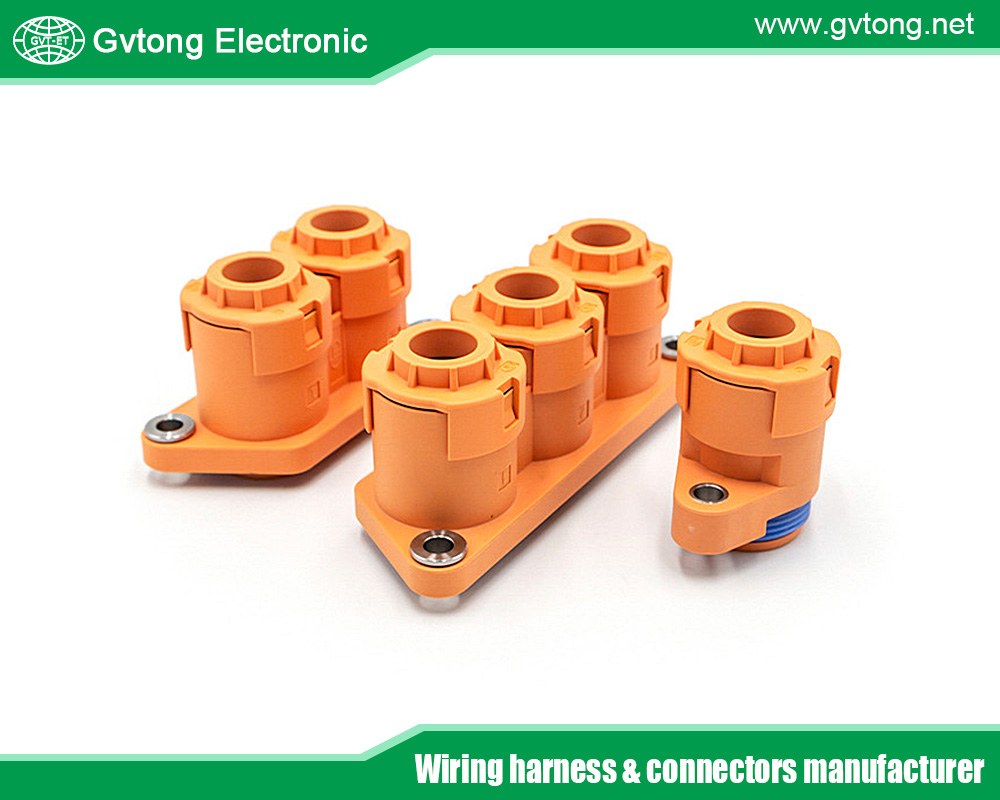
Conclusion
9-cavity connectors are a cornerstone of modern automotive electrical systems, enabling the seamless integration of power, data, and control signals in increasingly complex vehicles. Their versatility, durability, and compact design make them indispensable across applications, from powertrain management to ADAS and infotainment. As the automotive industry evolves toward electrification, autonomy, and sustainability, these connectors are poised to play an even more significant role, driven by innovations in materials, design, and manufacturing. By addressing challenges like environmental stress, EMI, and miniaturization, 9-cavity connectors exemplify the engineering ingenuity driving the future of mobility. As vehicles become smarter and greener, the humble connector will remain a critical enabler of performance, safety, and connectivity.
For more about an exploration of 9-cavity connectors’ role in contemporary automotive applications, you can pay a visit to Gvtong at https://www.gvtong.net/ for more info.
Recent Posts
Revealing the Core Advantages of Automotive Hybrid Connectors
What is the 12 Volt Automotive Wire Connector
Recommend the Best ADAS Automotive Connector Manufacturers in China
What is an Electrical Distribution System and How to Choose It
The Top Automotive Electrical Connectors Manufacturers You Want to Know
How to Choose the Best Automotive Connector Suppliers in Vietnam
The Best High Current Connectors Automotive Manufacturer in China
Tags
Recommended Products
-

Positive and negative terminal box – oblique opening
-
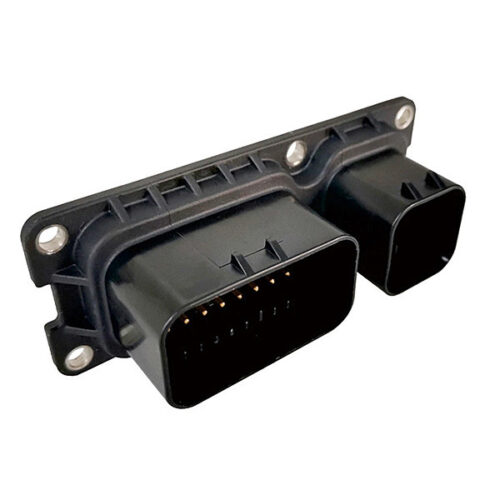
Combination connector-31 core (8+23) socket
-
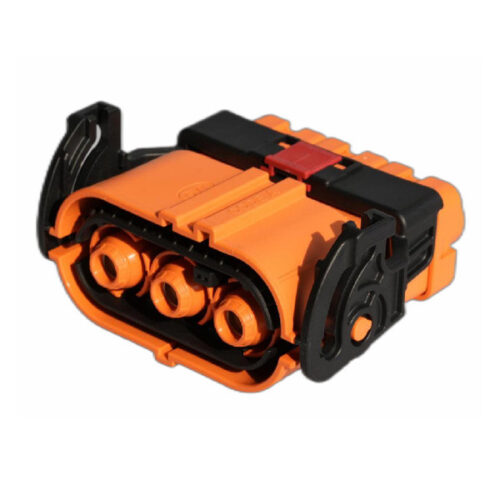
GH800 Series-3-core plastic high voltage connector
-
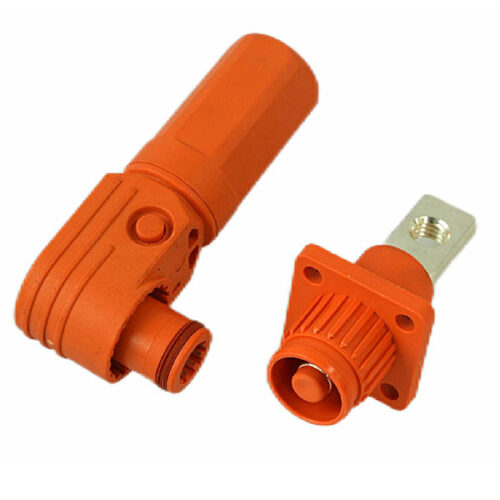
GB Series-Energy Storage Connector-8.0mm
-
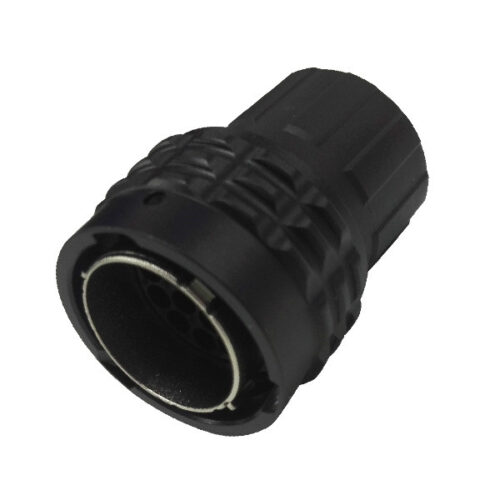
GR Series-12-core 14# circular signal connector
-
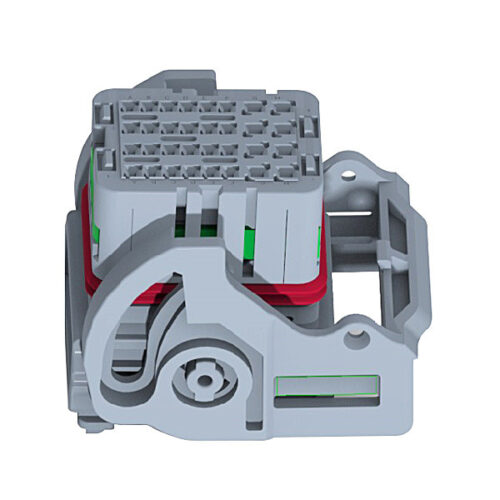
GE Series-32-core Low Voltage Connector-Socket+Plug
-
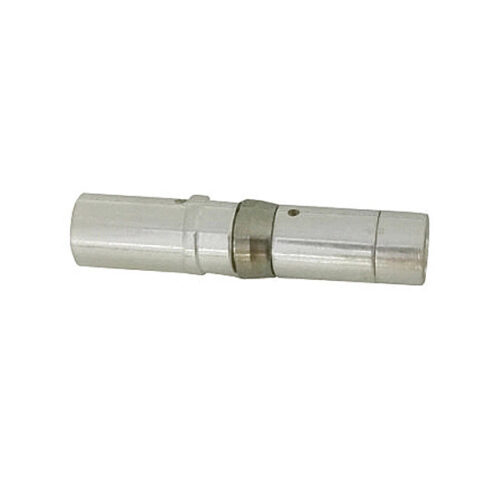
3.0 wire spring jack – crimp 2.5mm cable
-
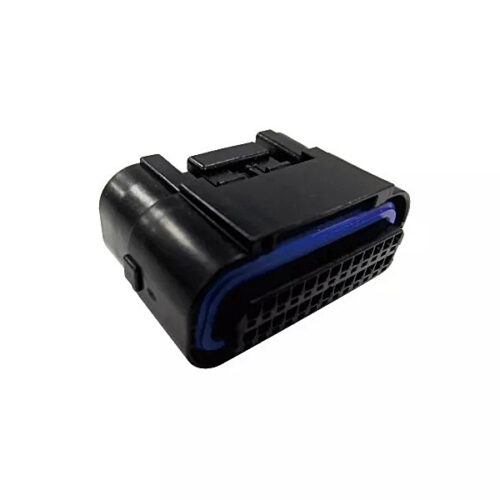
Signal connector – waterproof, double row, 34/40 core
